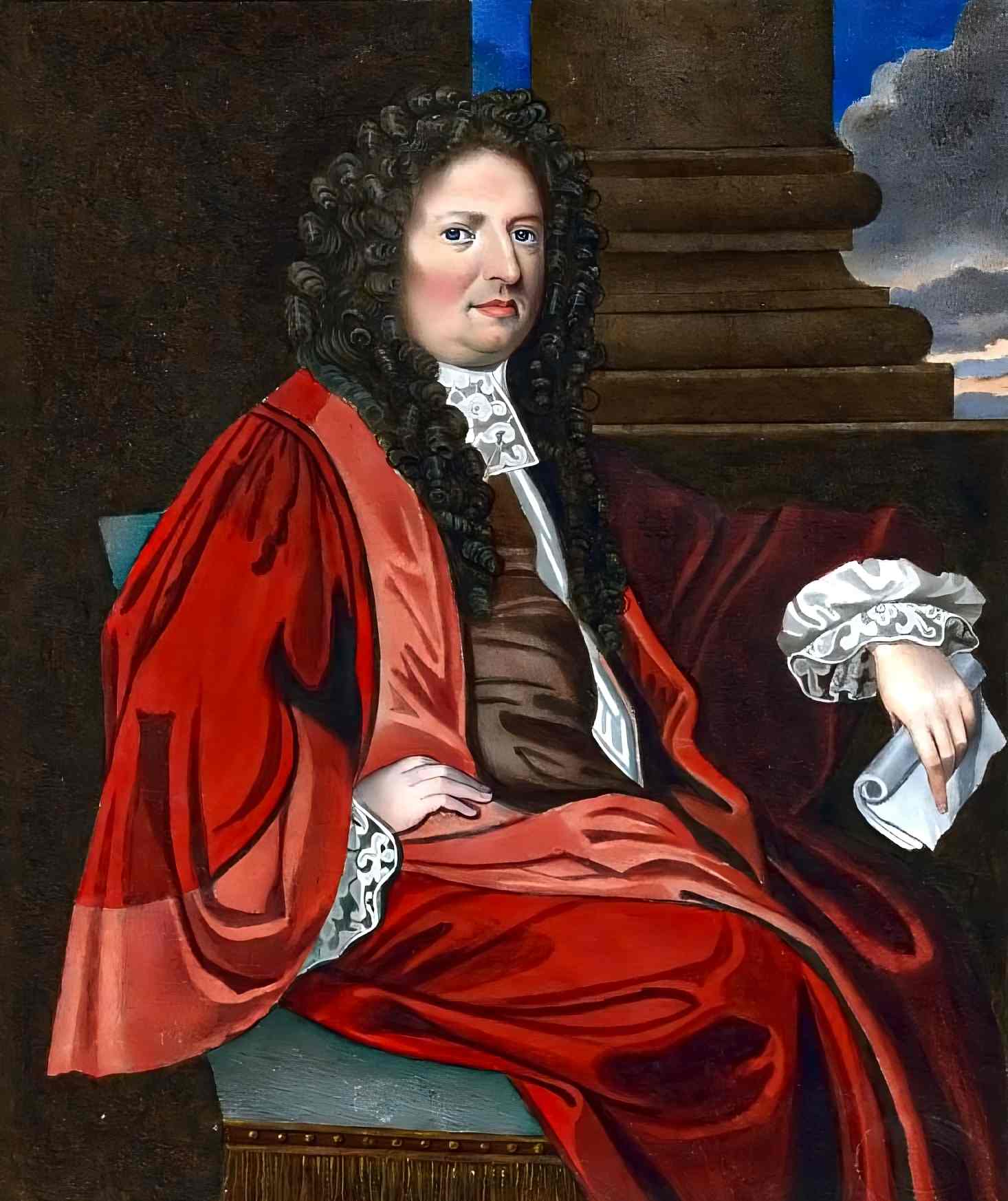Robert Plot: The Man Who Discovered the Dinosaurs
Robert Plot found the first dinosaur bone in 1677. It was the distal end of a femur bone that formed the knee, and Plot had discovered it in the Cornwell village of Oxfordshire.

Robert Plot found the first dinosaur bone in 1677. It was the distal end of a femur bone that formed the knee, and Plot had discovered it in the Cornwell village of Oxfordshire.

